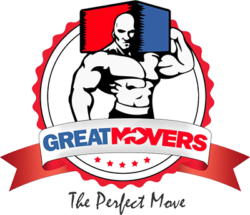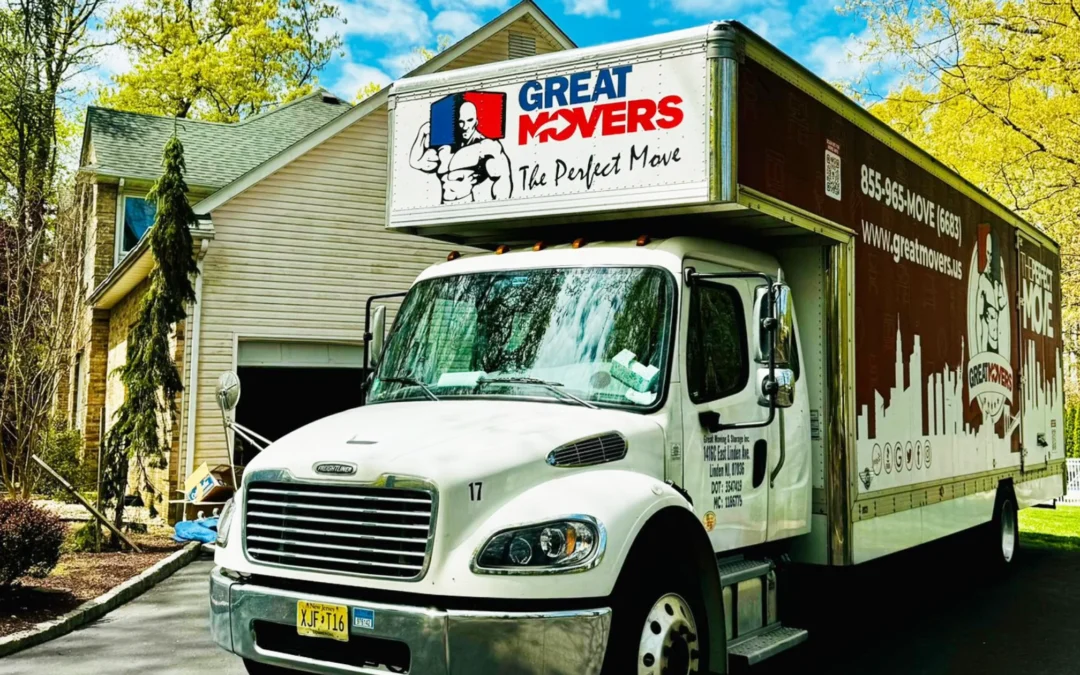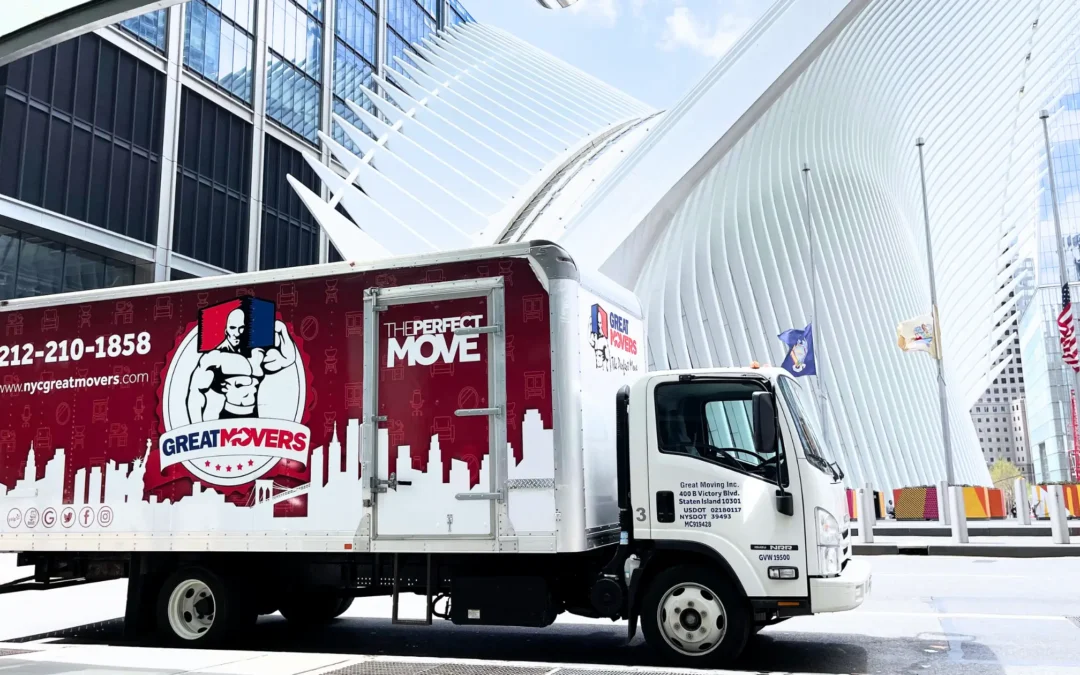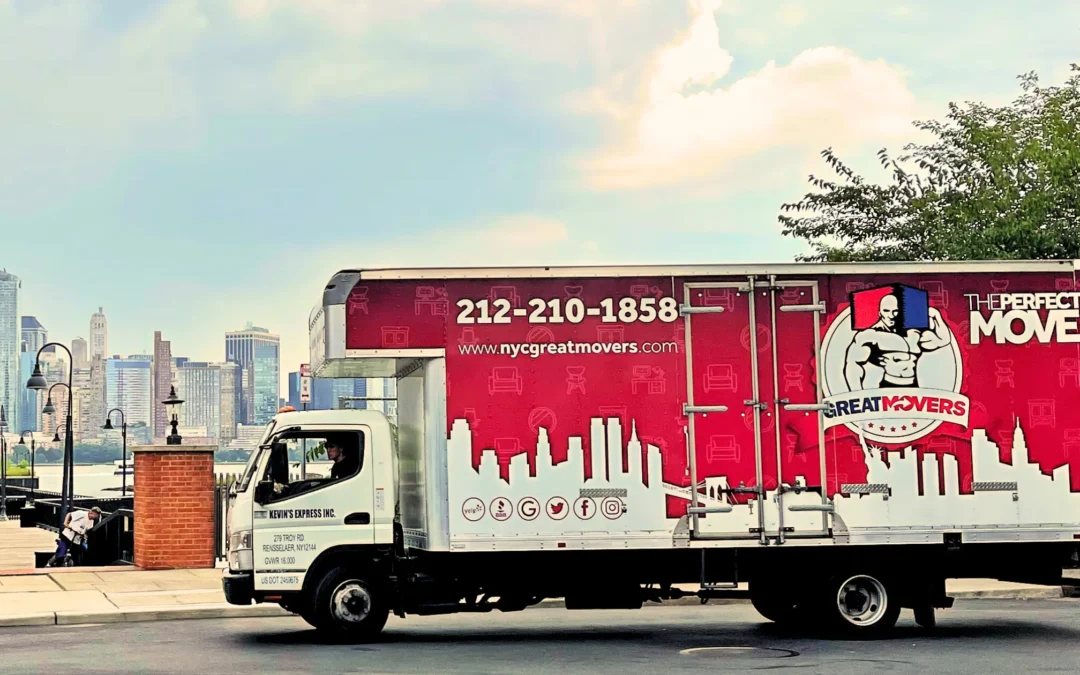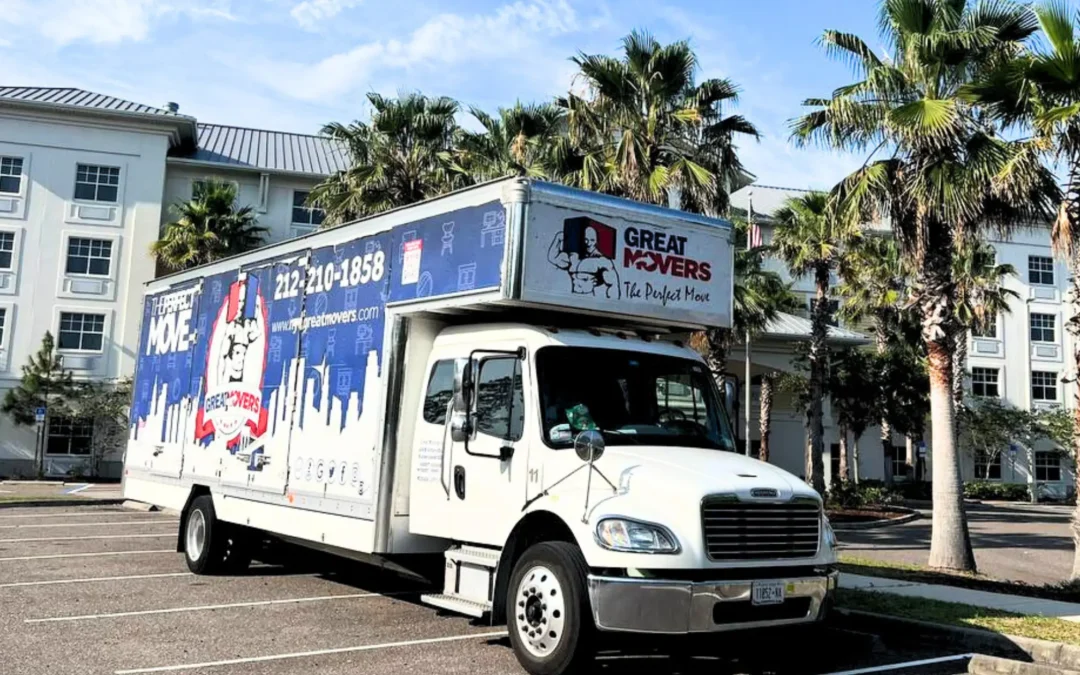For whatever reason you have to move out of your current apartment, but you can’t move into your new one yet. This happens more often than you might think. If you find yourself in this situation you need to figure out how to store all of your belongings. New York City alone has 300+ different storage facilities that offer different sizes and rates depending on your needs.
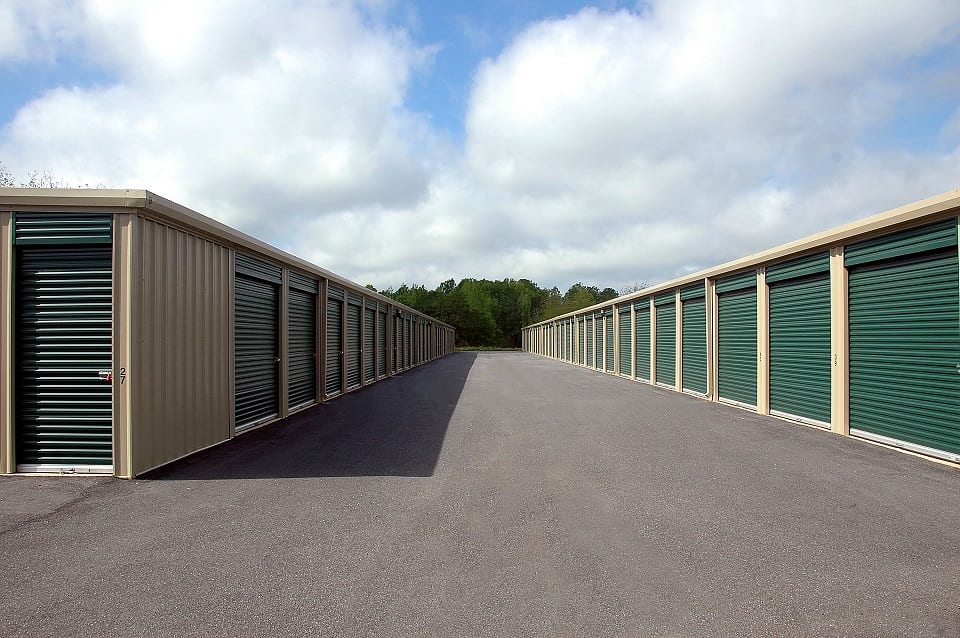
With so many options, though, how do you find the right storage facility? Hopefully these tips can help you narrow down your choices to the ones that make the most sense for you.
Find the Right Storage Unit
You might think that the only different between storage units is their size. And while that is the main factor when it comes to pricing, there are a few other things to keep in mind when researching the right place.
- Size – The bigger your unit, the higher the cost, which might make it tempting to go for the smallest option available. After all, you don’t want to spend any more money than you need, right? Before you jump on the 8’ x 8’ bandwagon, you’ll actually want to tape out the square footage you think you need somewhere in your apartment. Stack all of your belongings inside the blocked out area and see if everything will fit comfortably. If not, you’ll need to go up a size.
- Usually you’ll want some extra space in your unit to check out your boxes, but since this storage situation is short-term, you probably can go with the smallest unit that will fit all of your belongings comfortably.
- Location – While it’s convenient to store everything near your new apartment, sometimes it’s not always feasible. If you’re price sensitive, don’t limit your search to a particular neighborhood. Expand to other locations that might be a bit cheaper. If you’re okay with paying a bit more, then look for locations near your home to reduce time you’d need to spend on movers on load-in and load-out.
- Amenities – If you have temperature and humidity sensitive items, you’ll want to go with an indoor climate-controlled unite versus outdoor garage-style ones. While these cost more money, you can rest assured that your items will remain in good condition. Storing valuables? Pay the extra money for a facility that offers 24/7 security and monitoring. Some larger storage units even offer insurance to protect your belongings in case of things like theft and damage.
Do Some Research
Not all storage facilities are created equal and while it might seem boring, it’s a good idea to look into your options before jumping on the first one that provides you with the right size, location and amenities.
- Reviews – Yes, people actually review storage facilities! While you should take them with a grain of salt, user reviews on Google or Yelp can still provide you with some insight as to the quality of the facility. If all of the reviews are negative, you might want to steer clear of it.
- Times – Take a good look at both the gate AND office hours. Gate hours are the hours you can access your unit while office hours are when you can speak to a representative. Hopefully you’ll never have any issues, but if you do need to speak to someone you can only do so during office hours. As well, make sure the gate hours work for you. If you can only access your units during the weekday, it’s probably not worth it for you as you probably will want to move your stuff out on the weekend.
Visit Each Location
Once you’ve narrowed down your choices to a couple, take the time to visit each facility. Yes, it’s time consuming, but seeing a place in person can help solidify your decision to go with one place or another. As well, when visiting, don’t feel pressured to rent out a unit on the spot. You want to carefully consider each location before you make a decision.
- Check out a unit – By this point you already know what size unit you want so ask if you can actually see either the unit you would get or a similarly sized one on the same floor. Sure you might have blocked out a space in your apartment, but actually seeing the space can help you decide if you need a bigger or smaller option. As well, keep an eye out for any issues such as dirty units, bugs, etc.
- Ask about payment policy – What happens when you miss a payment? When is the actual rent due? What is the grace period for payment? Depending on the place, they could start auctioning off your belongings if you’re a couple days late for payment in addition to charging you for late fees. Again, if you’re just storing your belongings for a few weeks before you can move into your new place, you might not have to worry about this, but it’s always a good idea to know what you’re getting into just in case something happens.
- Check out the facility – Make sure there’s a loading dock, freight elevator, etc. to ensure smooth off and onloading.
- Ask about discounts/promotions – Most places won’t offer a discount or promotion for short-term rentals, but there’s no harm in asking!
After you’ve seen all the units, get contracts from each of them and read the fine print. Many property managers will try some high-pressure techniques to get you to sign on the spot, but do your best to avoid falling prey to them. It’s better to review contracts at home as you can compare the legal terms between each of the places to see what rights you have in terms of insurance (if any) and access to your unit by property management. Once you’ve read over the terms, call up the facility that works the best for you and reserve your unit.
With luck, you’ll be able to find a perfect space for you and your belongings.
